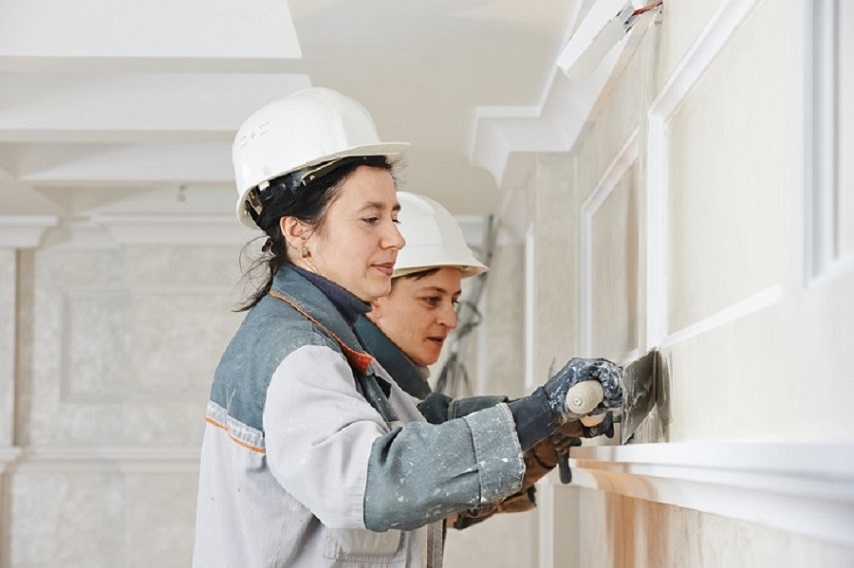A cornice is a decorative projection on the ceiling or walls of a building. Generally, cornices are found over the doors, windows, ceilings or the topmost parts of interior walls. A ceiling is not only an important structural feature in a building, but it can also contribute to the interior decor of a room. So the builders prefer to use various plaster ceiling cornice styles for beautifying the rooms of domestic and commercial buildings constructed by them.
Few impressive plaster ceiling cornice styles used in buildings
#1. Modern style: The most contemporary one among the plaster ceiling cornice styles is the plain one that is constructed either in a straight line or a right angle. Stepped and Shadowline cornices are also included among the large range of modern styles, which are available at affordable prices. The American countryside decorations and the British decorative roof plaster designs can be more traditional but you can also try out the trendier ones with white decorative gypsum ceiling varieties.

#2. Art deco style: This architectural style originated in France and was very popular during the early phase of the 20th century. Due to its aesthetic appeal, it is still preferred by modern architects, as were seen in many Hollywood buildings.
#3. Colonial style: As its name suggests, this style of cornices were greatly influenced by the European architectural forms that prevailed during the late 18th century and early 19th century. These cornices are still adored due to the simplicity, soft curves, and symmetrical shapes maintained throughout these structures. It is most elegant and easiest to adapt among all plaster ceiling cornice styles, for which many house owners prefer this type of cornices at their homes. There are many plaster cornice installers who take the size of your rooms, ceilings and the thickness of the cornices and then do the customized designs accordingly.
#4. Victorian style: The reign of Queen Victoria in the 19th century was marked by a special architectural style that still prevails in the houses with terrace, which are widely seen in the suburban areas. This style of the cornice is marked with elaborate use of lines and coves, eclectic patterns of fruits, leaves, and animals, which impart a more elegant look to these cornices.
#5. Federation style: This architectural style originated in Australia during the initial phase of the 20th century, when the Federal government was formed by the union of all colonies in this country. The classic European plaster barrisol ceiling cornice styles influenced this architectural form, with the inclusion of the patterns of bows, urns, flowers, leaves, and medallions.
#5. Neo-Gothic style: The Gothic styled Cathedrals constructed in the middle age are the main source of this specific architectural style. Various decorative patterns and pointed arch structures adorn this type of cornices in many old buildings constructed during the late 19th century.
#6. Georgian style: This architectural style was influenced by Greek and Roman styles, which was very popular during the early 19th century. The patterns of eggs, dentils, and darts were mostly featured in this type of cornices. Moreover, the extensive designs of leaves and other artistic patterns have made it most popular among the classic plaster ceiling cornice styles even today.

Where exactly do you need the plaster ceiling cornices for better longevity?
There are multiple ways in which you require the plastic cornices for major constructions. You can experiment with floral and geometric patterns to give a distinct style to your home.
Plaster is the most favoured material used for constructing cornices and other decorative building structures, as it can be easily moulded into any elaborate design. It is quite simple to turn plaster into any shape, engrave intrinsic patterns and sand for a finer finish, according to the chosen plaster ceiling cornice styles.
